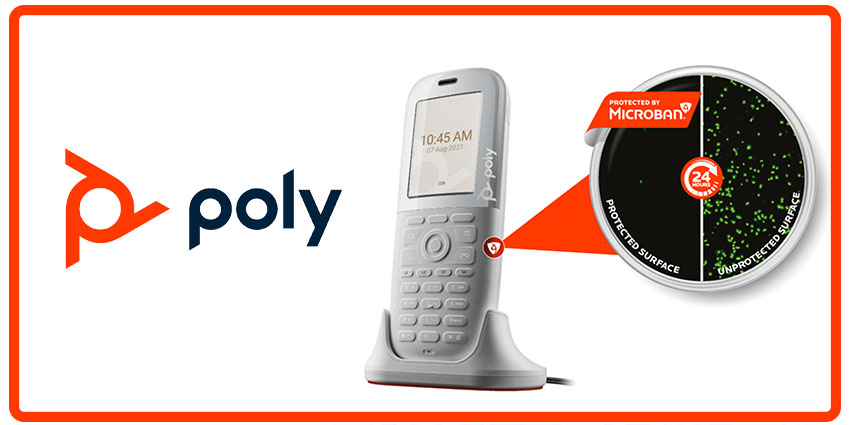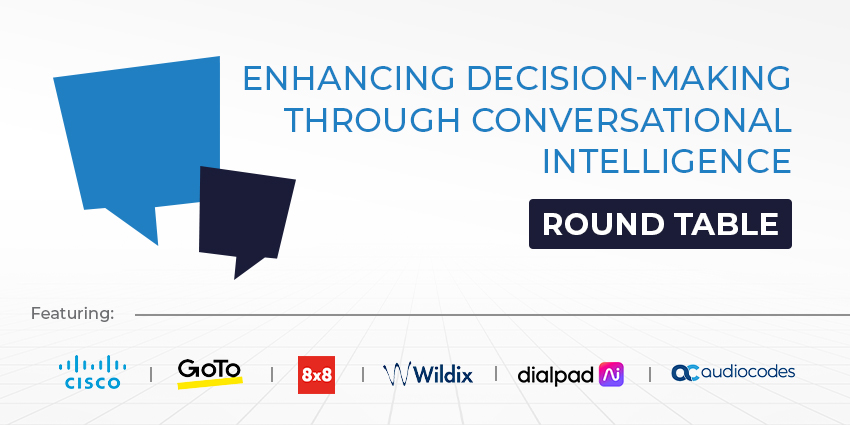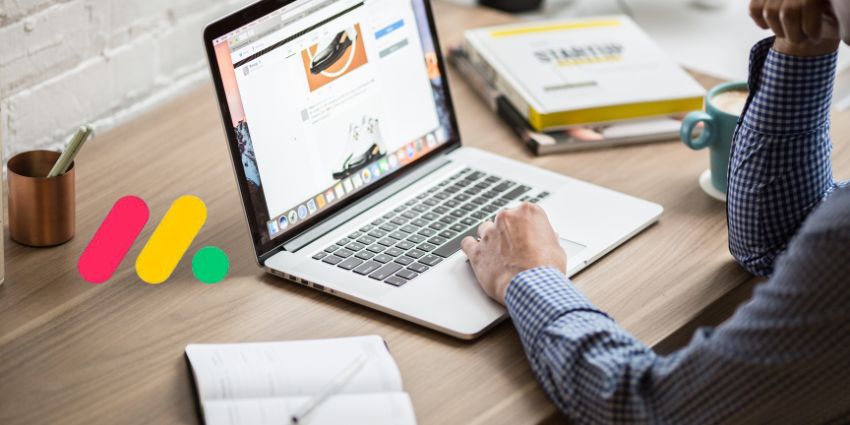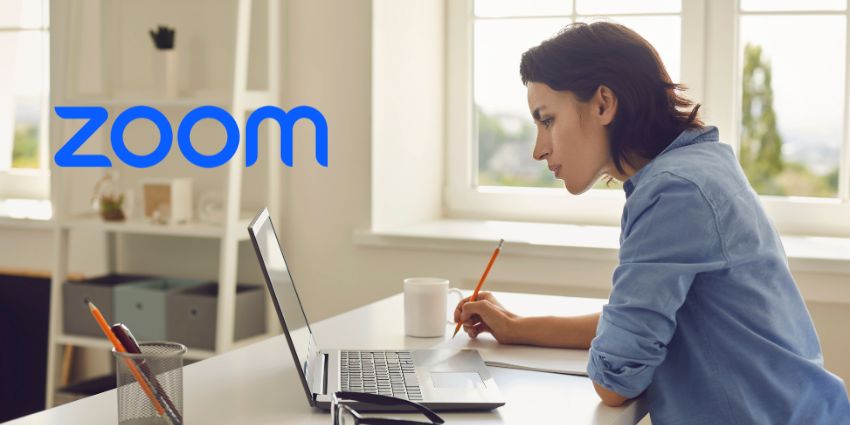The return to offices following the end of pandemic-related lockdowns has ignited interest in touch-free communications technologies as workers, who are increasingly aware and cautious of coming in to contact with germs, seek safer alternatives to traditional hardware in meeting rooms. Traditional systems that comprise multiple buttons and rely on shared screens and touchpoints were a central part of the traditional meeting or conference room in which people sat closely together. Now, organisations are looking to ensure distancing within meeting rooms and turning to other ways to initiate and control sessions without requiring touching of shared devices.
“We’ve all become germophobes,” acknowledges Neil Fluester, a Product Director at Poly. “A meeting room is potentially one of the worst environments for spreading germs with shared screens, devices and touchpoints and shared occupancy. Everyone has used table top controllers and this has meant facilities management has had to go round after every meeting with anti-bacterial cleaners. It’s a huge challenge.”
To address this, Poly has designed its devices to be easy to clean. Where once there would be buttons, flat surfaces enable them to be cleaned with a single wipe-down, thereby aiding efficiency. In addition, the company has a relationship with Microban, which means devices can be coated with the anti-microbial product, increasing safety.
Fluester adds that ensuring compliance with regulations is also a challenge for building managers and feels that technology can be utilised to both simplify the administration burden and improve experiences for users. “The return to work will be a hybrid of what has gone before and this means that people will want to keep their own germs, using their personal device rather than shared in-room terminals,” he says. “They will want to drive a meeting from their own personal device and Poly has developed this capability to drive the experience from your own device.”
The Poly Lens app is also enabling organisations with deeper insights into the usage of a meeting room. This enables companies to understand occupancy and ensure rooms are not over-occupied. Much of this data can be fed into office design for the future and capabilities such as facial recognition and sound source isolation enables tracking of people, even if they’re wearing a facemask.
Voice activation is another obvious way to avoid contact with shared devices such as desktop controllers and Poly offers support for Amazon’s Alexa for Business already. Fluester adds that this approach which will also extend to other voice tools such as Microsoft Cortana and enables answering of simple questions and directions such as checking if a meeting room is available or starting a meeting.
“Enabling voice control over the solution has driven more control of unified communications via mobiles or other personal devices”
“The positive aspect of the pandemic has been that it has made people familiar with using different ecosystem apps so, as we return to offices, people will be more confident in the tools they use. No single tool will dominate but having voice activation, cloud-based control and being able to drive sessions through personal devices while still enjoying high quality audio and video as well as achieving compliance with regulations, makes the return to the office simpler and safer.”







